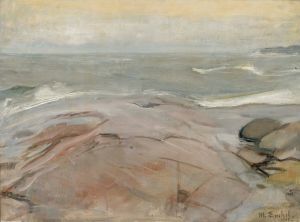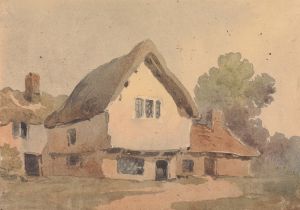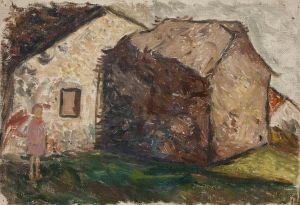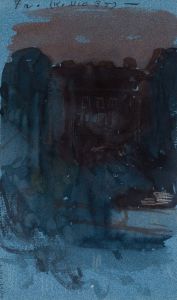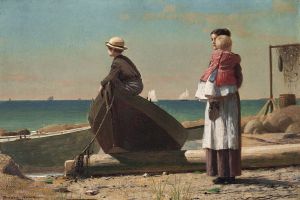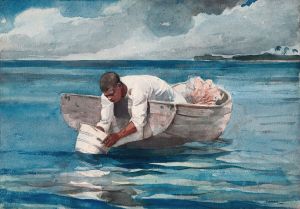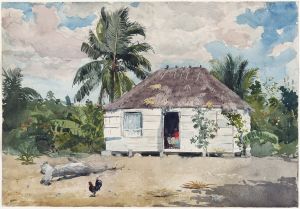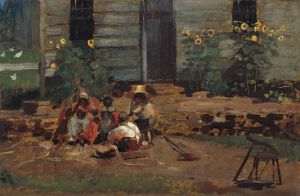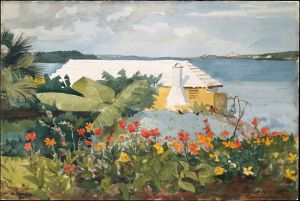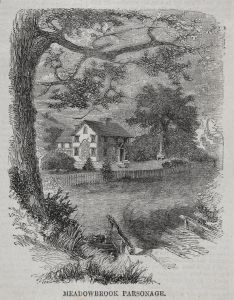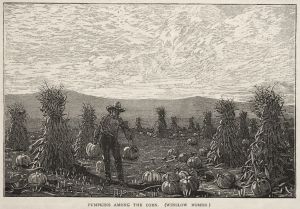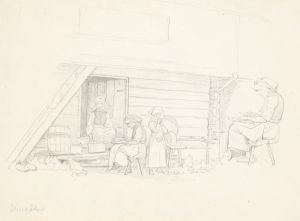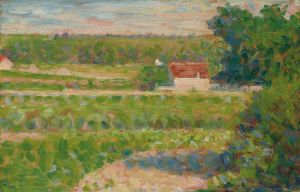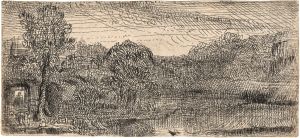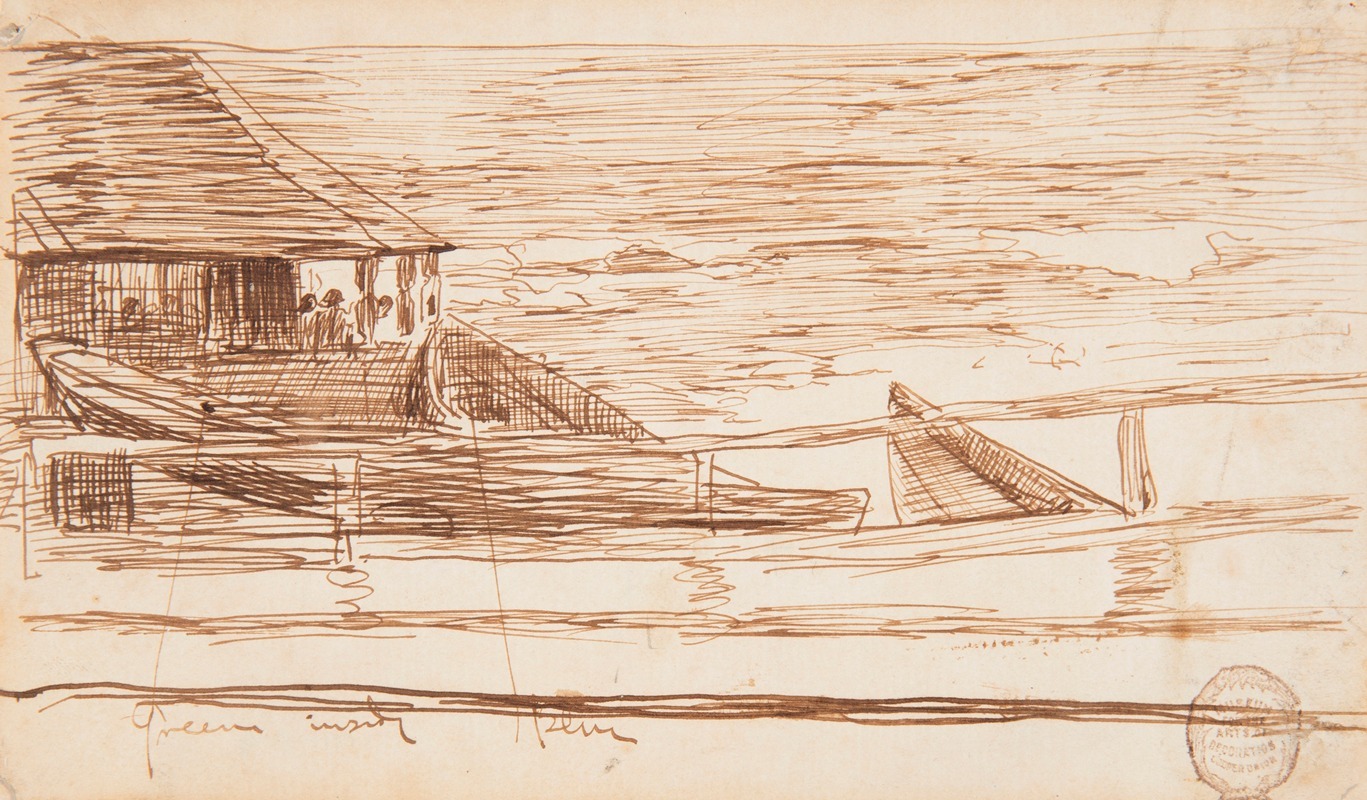
House at a Railing with Beached Dories
A hand-painted replica of Winslow Homer’s masterpiece House at a Railing with Beached Dories, meticulously crafted by professional artists to capture the true essence of the original. Each piece is created with museum-quality canvas and rare mineral pigments, carefully painted by experienced artists with delicate brushstrokes and rich, layered colors to perfectly recreate the texture of the original artwork. Unlike machine-printed reproductions, this hand-painted version brings the painting to life, infused with the artist’s emotions and skill in every stroke. Whether for personal collection or home decoration, it instantly elevates the artistic atmosphere of any space.
"House at a Railing with Beached Dories" is a painting by the American artist Winslow Homer, created in 1878. Winslow Homer (1836-1910) is widely regarded as one of the foremost painters in 19th-century American art, known for his marine subjects and depictions of American life.
This particular painting is an example of Homer's work during his time in Gloucester, Massachusetts, where he spent the summer of 1873. The painting captures a serene coastal scene, featuring a house with a railing and several beached dories, which are small, shallow-draft boats. The composition reflects Homer's keen observation of everyday life and his ability to convey the quiet beauty of the American landscape.
Homer's use of watercolor in "House at a Railing with Beached Dories" demonstrates his mastery of the medium. The painting showcases his skill in capturing light and atmosphere, with delicate washes of color that bring the scene to life. The dories, painted with careful attention to detail, are a testament to Homer's interest in maritime subjects and his ability to depict the textures and forms of the boats.
The setting of the painting, with its coastal elements, is characteristic of Homer's work during this period. After the Civil War, Homer turned his focus to scenes of rural and coastal life, often depicting the rugged beauty of the New England coast. His time in Gloucester was particularly productive, resulting in numerous works that highlight his fascination with the sea and the lives of those who lived and worked by it.
"House at a Railing with Beached Dories" is part of a larger body of work that includes both watercolors and oil paintings. Homer's watercolors from this period are noted for their freshness and spontaneity, qualities that are evident in this painting. The composition is balanced and harmonious, with the house and railing providing a stable structure against the more fluid forms of the dories and the natural landscape.
The painting is also significant for its depiction of the American coastal environment during the late 19th century. It offers a glimpse into the daily life and work of coastal communities, reflecting Homer's interest in capturing the essence of American life. The beached dories, likely used for fishing, suggest the hard work and resilience of the people who depended on the sea for their livelihood.
Winslow Homer's "House at a Railing with Beached Dories" remains an important work in the artist's oeuvre, exemplifying his skill in watercolor and his deep connection to the American landscape. The painting is a testament to Homer's ability to find beauty in the ordinary and to convey a sense of place with clarity and sensitivity.





